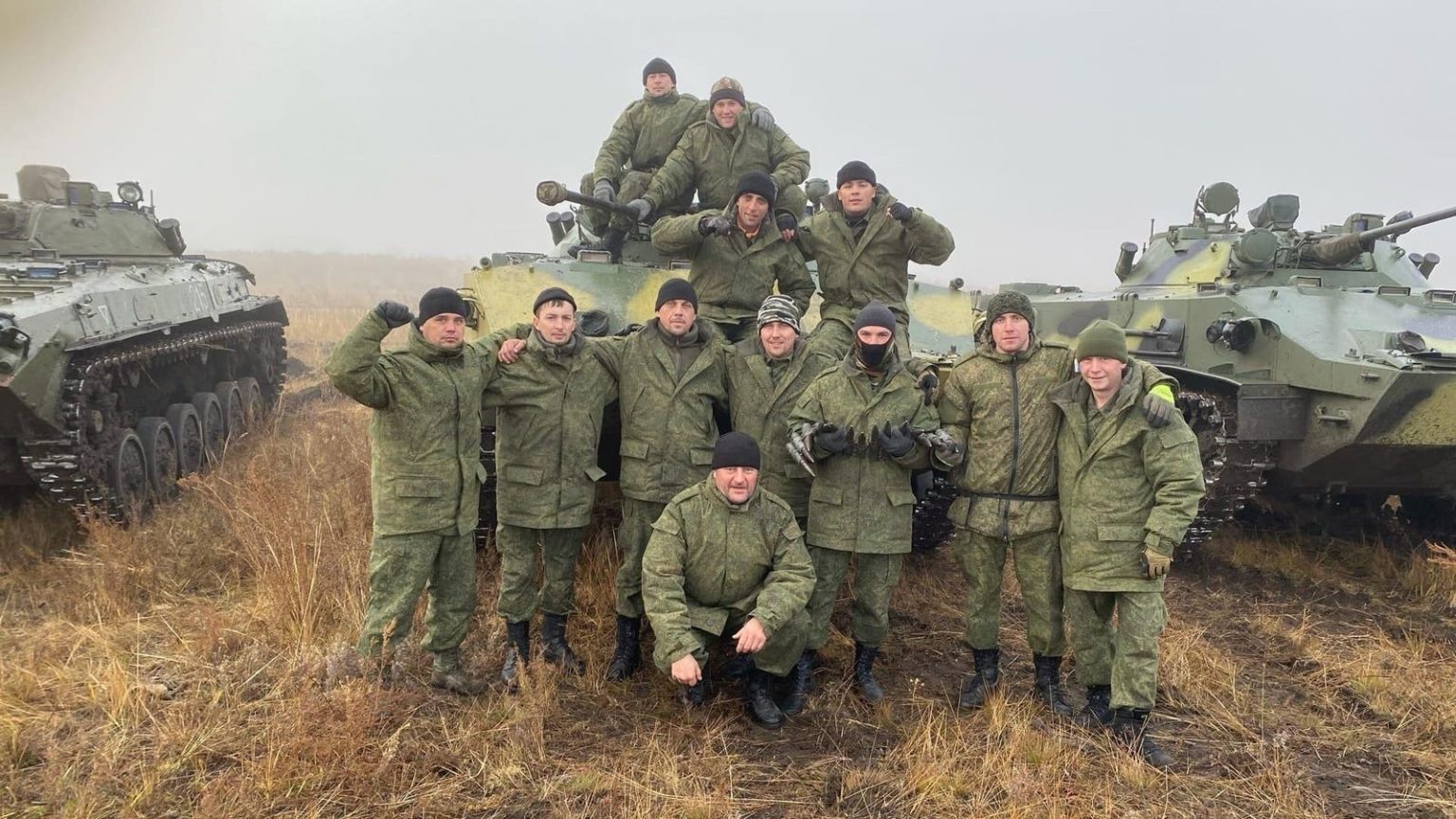The Kremlin continues to reach deep into old warehouses, vehicle parks and test sites for armored vehicles—any armored vehicles—to carry its troops into battle in Ukraine.
The latest is the BMD-3: a lightweight, air-droppable infantry fighting vehicle that combines a hull inspired by the older BMD-2 with the turret and 30-millimeter autocannon of the heavier BMP-2 IFV.
A pair of the seven-person BMD-3s appeared in a photo from the Ukraine front line that circulated online this week.
The 1990s-vintage BMD-3 is much newer than the BTR-50 armored personnel carrier that the Kremlin also has returned to service, decades after its retirement, in order to make good some of the losses—more than 5,000 vehicles and counting—its forces have suffered in Russia’s 21-month wider war on Ukraine.
It’s much better-armed than any of the do-it-yourself fighting vehicles the Russians have built on the chassis of old MT-LB armored tractors.
What’s weird about the BMD-3’s appearance in Ukraine isn’t that it’s too old or poorly-armed. What’s weird is that the Russian airborne forces decided years ago that the type wasn’t worth the cost of supporting it. It took the war in Ukraine to change the calculus.
The BMD line of IFVs stretches back to the 1960s. The main design principle is lightness—so that a transport plane can haul, and drop via parachute, one or more of the IFVs.
That lightness—14 tons in the case of the BMD-3—makes for a poorly-protected vehicle, albeit no more poorly-protected than, say, an MT-LB or an American M-113 APC.
The Kremlin’s goal, when it launched development of the BMD-3 back in the 1980s, was to add protection and firepower without sacrificing air-transportability.
The BMD-3 was an unlucky design, however. It entered production in 1990, right before the Soviet Union collapsed. The resulting economic chaos cut short the new BMD’s production run. The airborne forces acquired just 137 BMD-3s and used them for only a few years before putting them in storage.
The type’s improvements simply couldn’t justify the high cost of supporting a small fleet—not when the airborne forces already had thousands of BMD-2s in active service or in storage.
But in the nearly two years of Russia’s wider war on Ukraine, airborne regiments have lost 250 or more BMD-2s: 10 percent of the fleet. Reactivating all 137 BMD-3s nearly would make good losses of the earlier models—and buy time for the Russian defense industry to produce new vehicles.
The big question is what happens next. After the BMD-3s run out, potentially as early as next year if the current loss-rate holds, does the the Kremlin reach even deeper into its stores of old Cold War vehicles?
Does it, for example, reactivate wheeled BTR-40 scout cars from the 1950s?
Read the full article here





